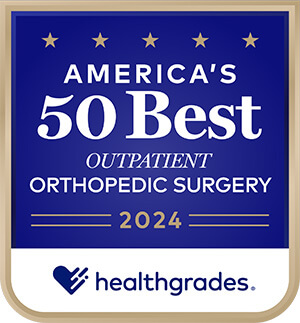 Latest Healthgrades Rating Follows Hospital’s Rankings as #1 in Maryland for Orthopedic Surgery and Spine Surgery and Top 5 in the State for Cardiology and Critical Care
Latest Healthgrades Rating Follows Hospital’s Rankings as #1 in Maryland for Orthopedic Surgery and Spine Surgery and Top 5 in the State for Cardiology and Critical Care
TOWSON, Md. (February 13, 2024) – University of Maryland St. Joseph Medical Center (UM SJMC), a member organization of the University of Maryland Medical System (UMMS), announced today that it has been recognized as one of America’s 50 Best Hospitals for Outpatient Joint Replacement by Healthgrades. This achievement, along with numerous other accolades from Healthgrades, including the #1 rating in Maryland in Orthopedic Surgery and Spine Surgery, reflects the organization’s dedication to clinical excellence and distinguishes UM SJMC as one of the nation’s leading hospitals for outpatient joint replacement.
“University of Maryland St. Joseph Medical Center is proud to be recognized for our excellence in outpatient joint replacement,” said Thomas B. Smyth, MD, UM SJMC’s President and Chief Executive Officer. “In collaboration with our physician partners at Towson Orthopaedic Associates (TOA), our concerted focus on clinical quality and patient experience, along with our sustained investments in advanced medical technologies and in our orthopedic care team, help ensure that we remain Maryland’s most trusted resources for successful joint replacement and an improved quality of life.”
“Our surgeons are honored to provide our patients with exemplary care that leads to optimal outcomes in joint replacement surgery,” said Scott J. Tarantino, MD, TOA President. “Our evolving and strengthening partnership with UM St. Joseph continues to bring innovation and high-quality orthopedic services to our community.”
To identify the top-performing hospitals for outpatient joint replacement, Healthgrades analyzed patient outcomes at short-term acute care facilities nationwide that offer knee and hip replacement in an outpatient environment.
Healthgrades’ analysis found that patients treated at hospitals that have been recognized for excellence in outpatient joint replacement have a demonstrably better chance at a smooth recovery.*
“University of Maryland St. Joseph Medical Center exemplifies what it means to be a leader in outpatient orthopedics by delivering consistently superior outcomes across key outpatient procedures,” said Brad Bowman, MD, Chief
Medical Officer and head of Data Science at Healthgrades. “Patients undergoing outpatient joint replacement at UM SJMC should feel confident in their decision to seek care from a facility with top marks in their procedure.”
Consumers can visit Healthgrades.com to learn more about how Healthgrades measures outcomes-based outpatient ratings.
*Statistics are based on Healthgrades analysis of SAF data for years 2020 through 2022 and represent three-year estimates for Medicare patients only. For more information on how Healthgrades identifies the nation’s top hospitals for outpatient joint replacement, see the 2024 Outpatient Specialty Excellence Awards and Ratings Methodology.
A Message from Dr. Smyth: America’s 50 Best Hospitals for Outpatient Joint Replacement by Healthgrades (PDF) >>
# # #
About University of Maryland St. Joseph Medical Center
Founded in 1864 by the Sisters of St. Francis of Philadelphia, UM St. Joseph Medical Center is a 221-bed Catholic, not-for-profit regional medical center in Towson, Maryland, that offers a wide range of superb clinical programs and centers of excellence, including the Cancer, Heart and Orthopedic Institutes, Women and Children’s services and Emergency Medicine. The medical center’s committed focus on zero patient harm, clinical excellence and perfect patient experiences spurred the creation of the hospital’s unique approach to care, The UM St. Joseph Value Delivery System, and has consistently earned UM St. Joseph regional and national recognition for patient care and safety, including its ranking as the #1 community hospital in Maryland by U.S. News & World Report. UM St. Joseph is a proud member of the 11-hospital University of Maryland Medical System, dedicated to providing loving service and compassionate, leading-edge care to all.
About the University of Maryland Medical System
The University of Maryland Medical System (UMMS) is an academic private health system, focused on delivering compassionate, high quality care and putting discovery and innovation into practice at the bedside. Partnering with the University of Maryland School of Medicine and University of Maryland, Baltimore who educate the state’s future health care professionals, UMMS is an integrated network of care, delivering 25 percent of all hospital care in urban, suburban and rural communities across the state of Maryland. UMMS puts academic medicine within reach through primary and specialty care delivered at 11 hospitals, including the flagship University of Maryland Medical Center, the System’s anchor institution in downtown Baltimore, as well as through a network of University of Maryland Urgent Care centers and more than 150 other locations in 13 counties. For more information, visit www.umms.org.
About Healthgrades
Healthgrades is dedicated to empowering stronger and more meaningful connections between patients and their healthcare providers. As the #1 platform for finding a doctor and a leader in healthcare transparency, we help millions of consumers each month find and schedule appointments with their healthcare professional of choice and prepare for their appointments with best-in-class, treatment-focused content. Our health system, large group practice, and life sciences marketing solutions have been helping our partners reach and engage consumers who are on their way to the doctor for over 20 years. Healthgrades is part of RVO Health, a partnership between Red Ventures and Optum, part of UnitedHealth Group. RVO Health has the largest consumer health and wellness audience online across its brand portfolio, including Healthgrades, Healthline, Medical News Today, Greatist, Psych Central, Bezzy, and Platejoy, which touch every part of the health and wellness journey. Each month, RVO Health helps more than 100 million unique visitors live their strongest and healthiest lives.
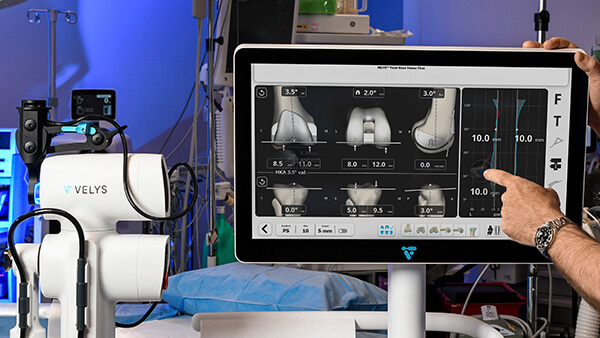 Knee arthritis can cause significant pain and disability which negatively impacts a person’s quality of life. If non-surgical treatment does not alleviate these symptoms, a knee replacement may be indicated.
Knee arthritis can cause significant pain and disability which negatively impacts a person’s quality of life. If non-surgical treatment does not alleviate these symptoms, a knee replacement may be indicated.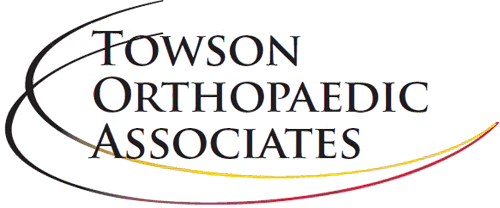

 Latest Healthgrades Rating Follows Hospital’s Rankings as #1 in Maryland for Orthopedic Surgery and Spine Surgery and Top 5 in the State for Cardiology and Critical Care
Latest Healthgrades Rating Follows Hospital’s Rankings as #1 in Maryland for Orthopedic Surgery and Spine Surgery and Top 5 in the State for Cardiology and Critical Care Understanding Winter’s Influence on Pain and Injury
Understanding Winter’s Influence on Pain and Injury
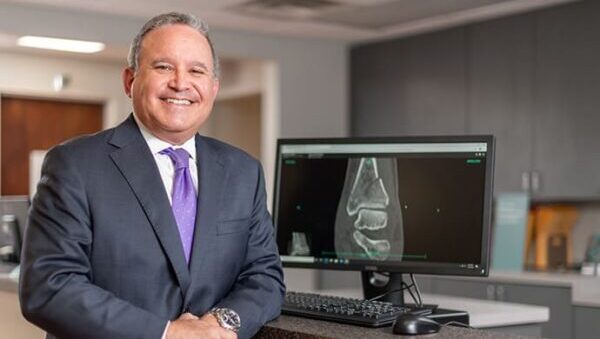
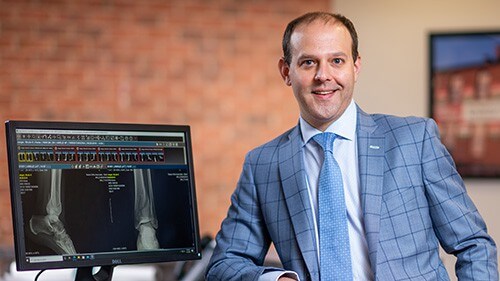
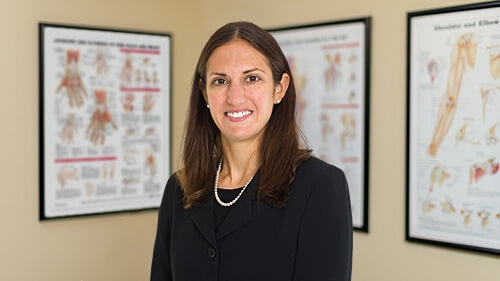
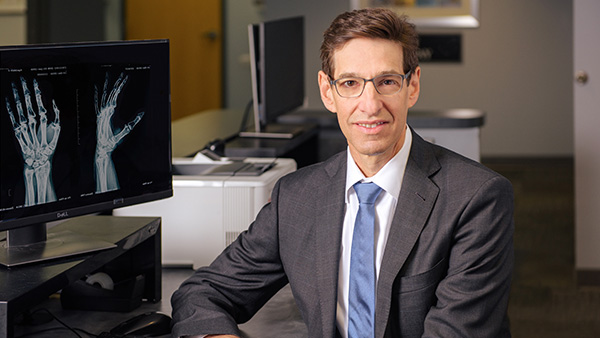
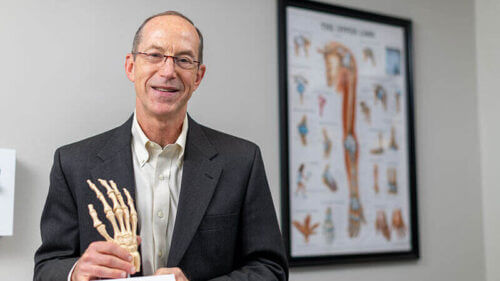
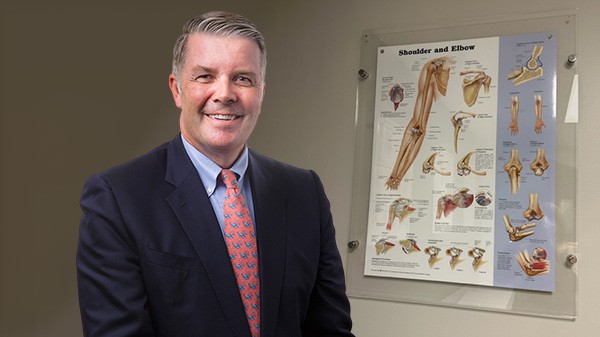
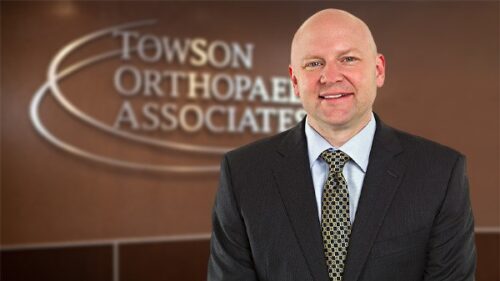
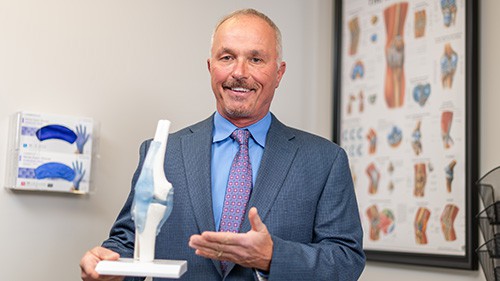
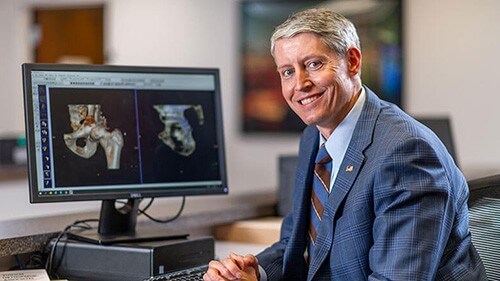
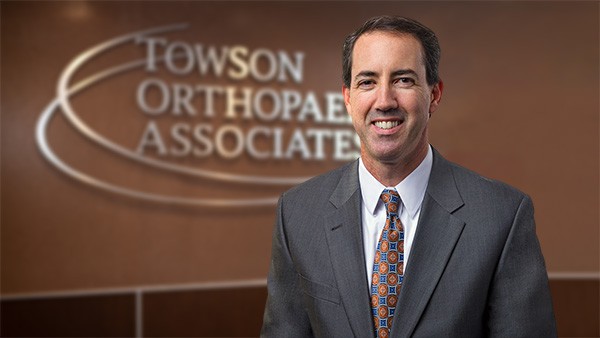
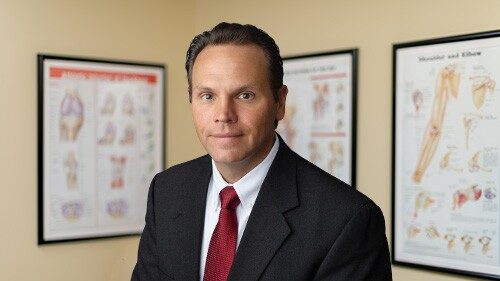

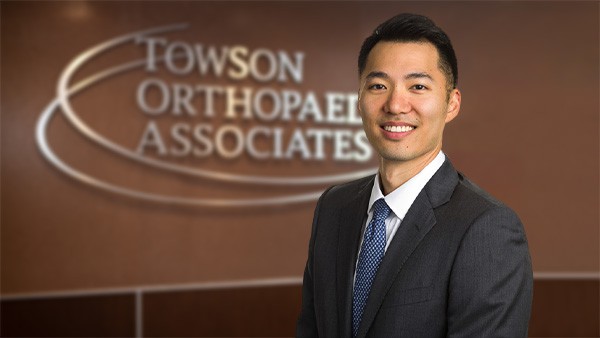
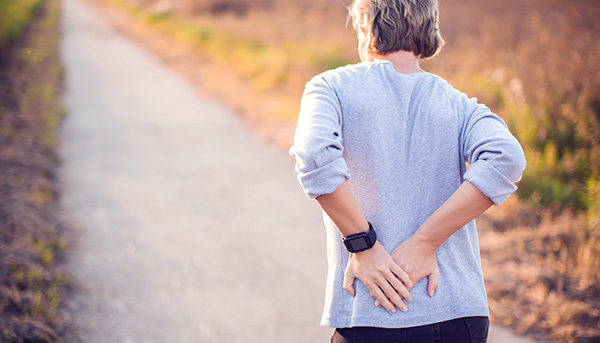 TOA will be frequently posting a new feature called TOA Tips. This series of articles will answer commonly asked questions by our patients in the office.
TOA will be frequently posting a new feature called TOA Tips. This series of articles will answer commonly asked questions by our patients in the office. Celebrate National Advanced Practice Provider (APP) Week With Us!
Celebrate National Advanced Practice Provider (APP) Week With Us!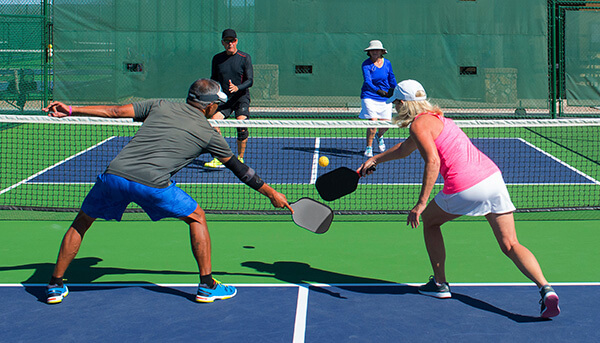 Pickleball’s popularity had taken off since the pandemic with many participants surprised to learn the sport has been around for nearly 60 years. What is also surprising is the number of people getting hurt while playing.
Pickleball’s popularity had taken off since the pandemic with many participants surprised to learn the sport has been around for nearly 60 years. What is also surprising is the number of people getting hurt while playing.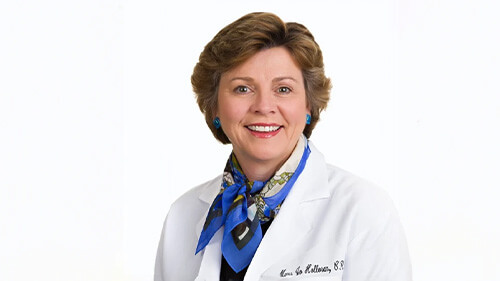
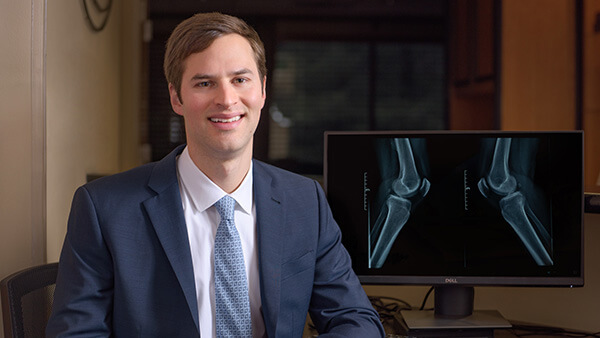
 On behalf of our entire family here at Towson Orthopaedic Associates, we’d like to extend a very special congratulations to
On behalf of our entire family here at Towson Orthopaedic Associates, we’d like to extend a very special congratulations to 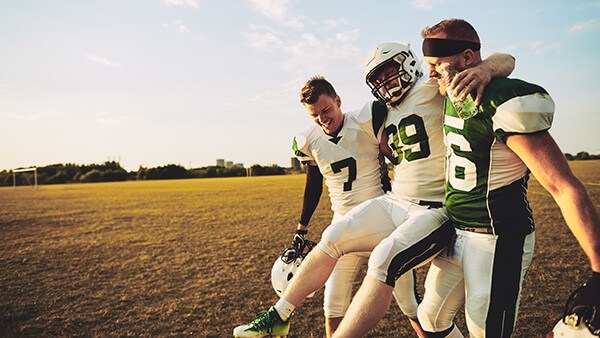 Although sports injuries are often preventable, they are a common occurrence in every sport.
Although sports injuries are often preventable, they are a common occurrence in every sport.